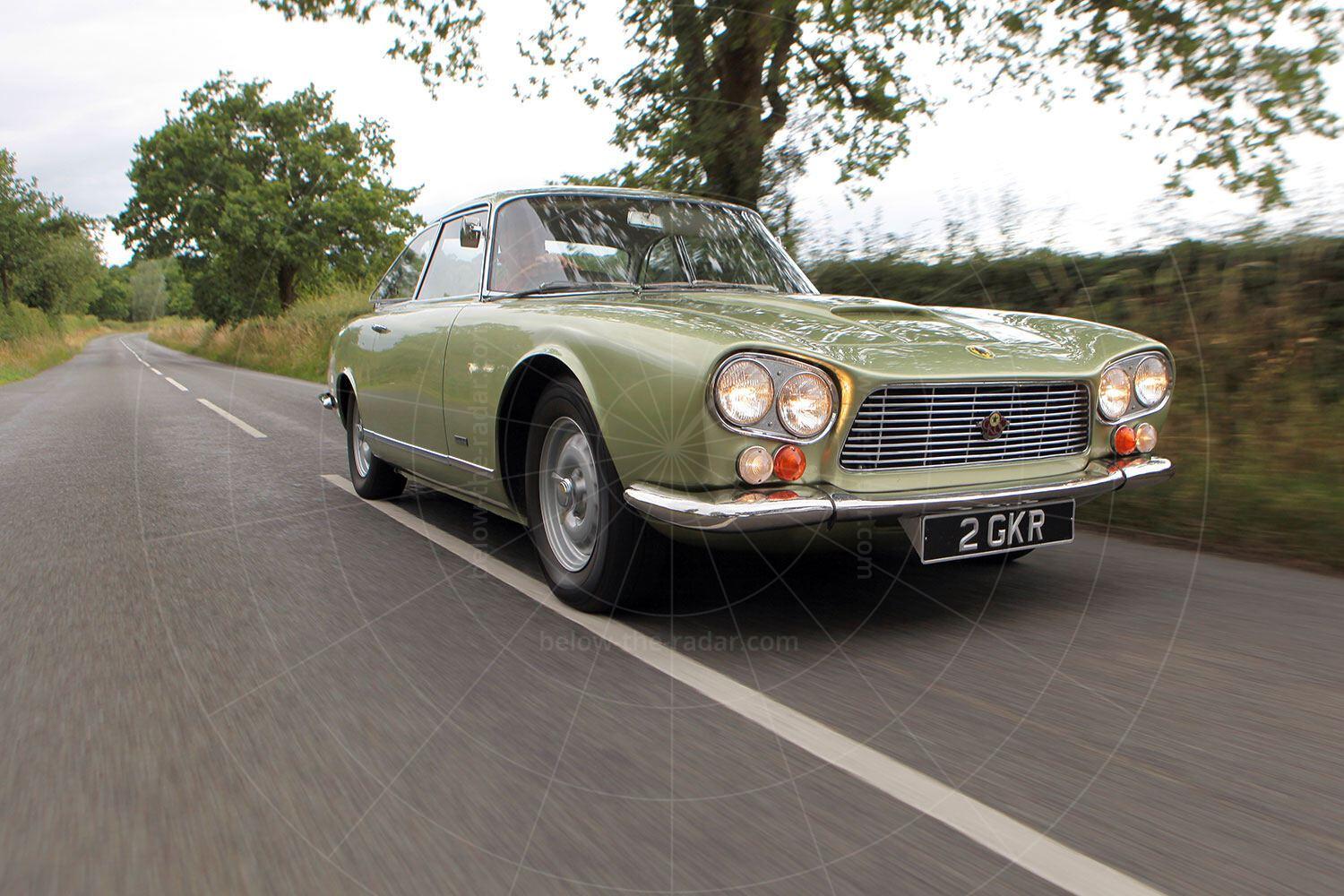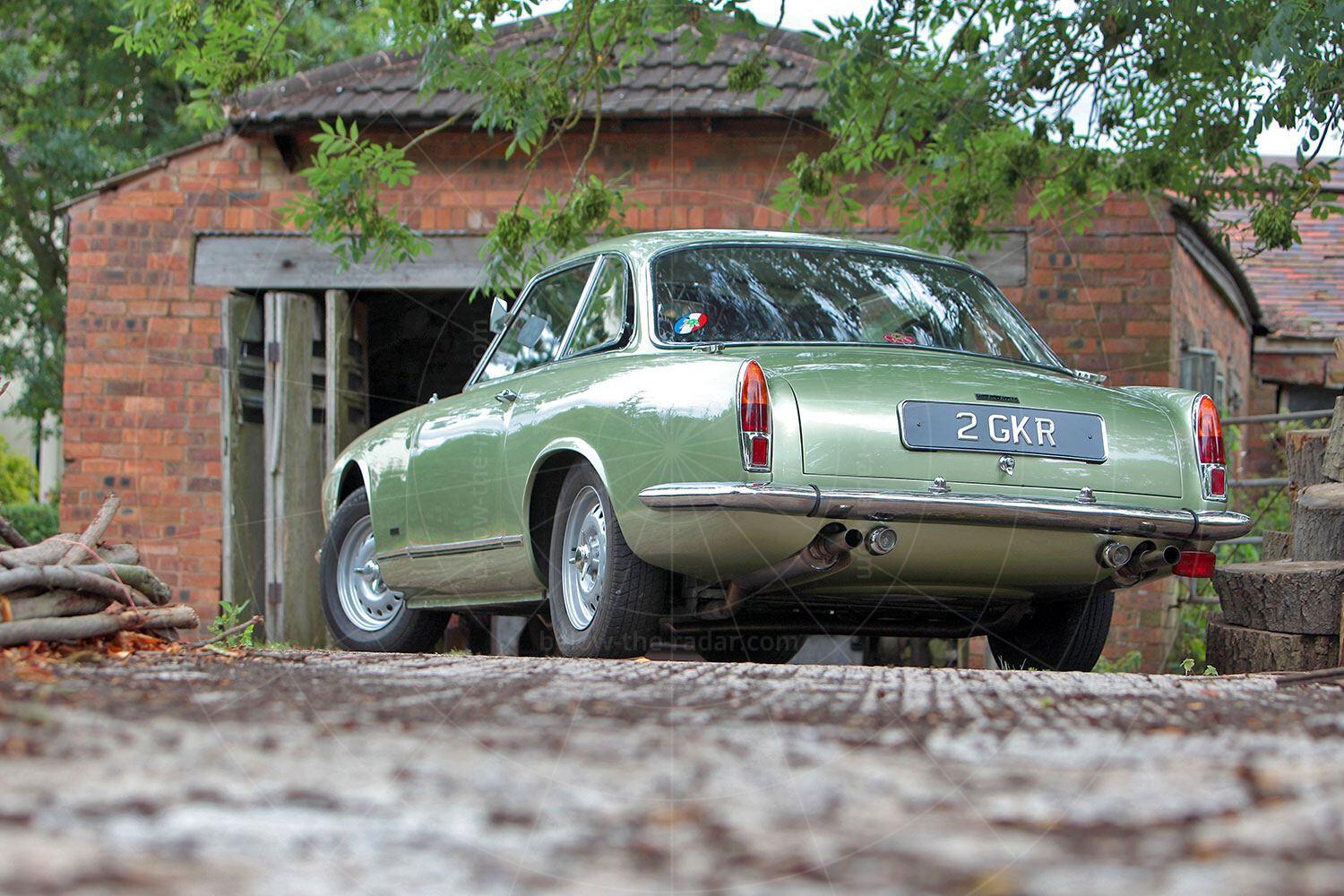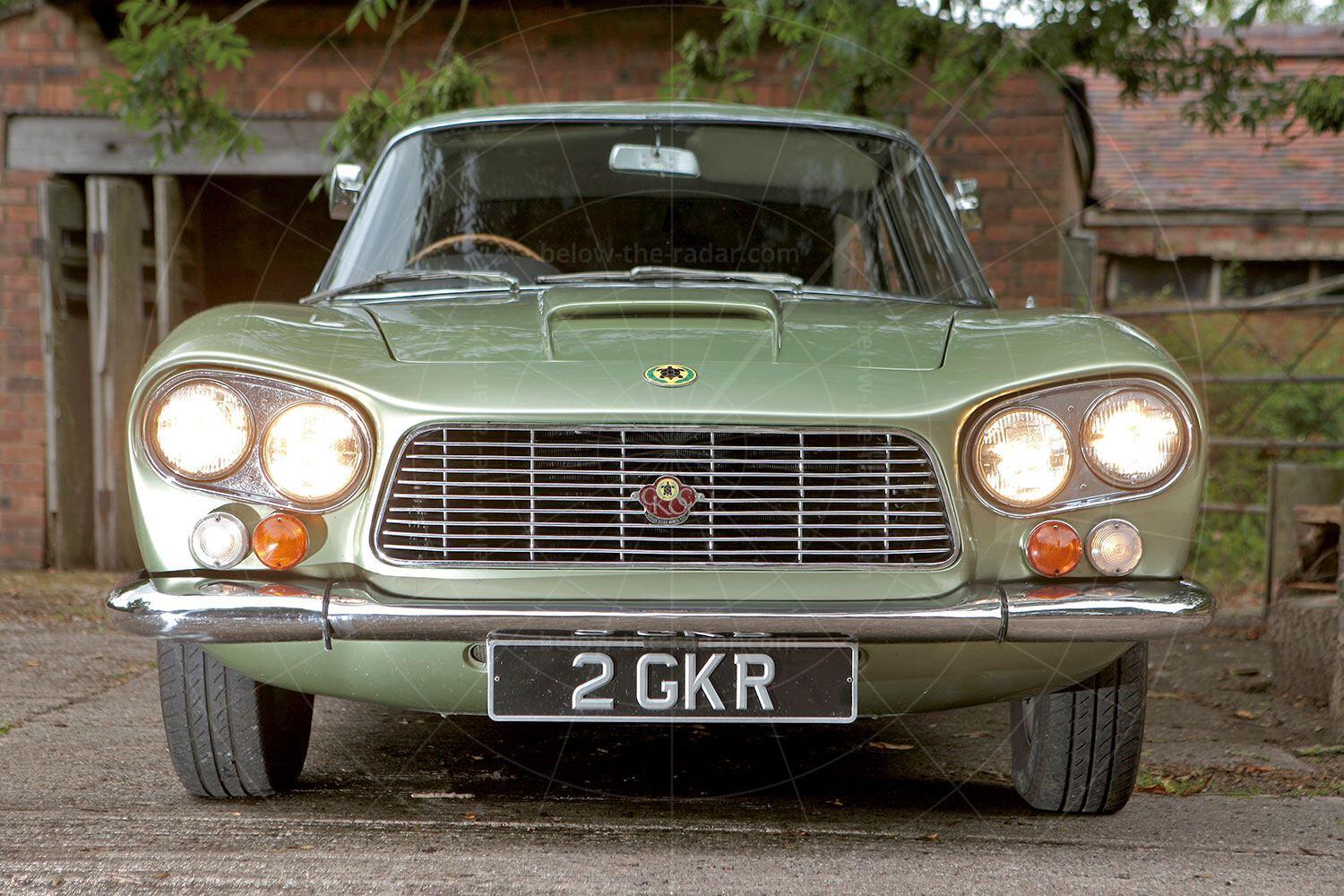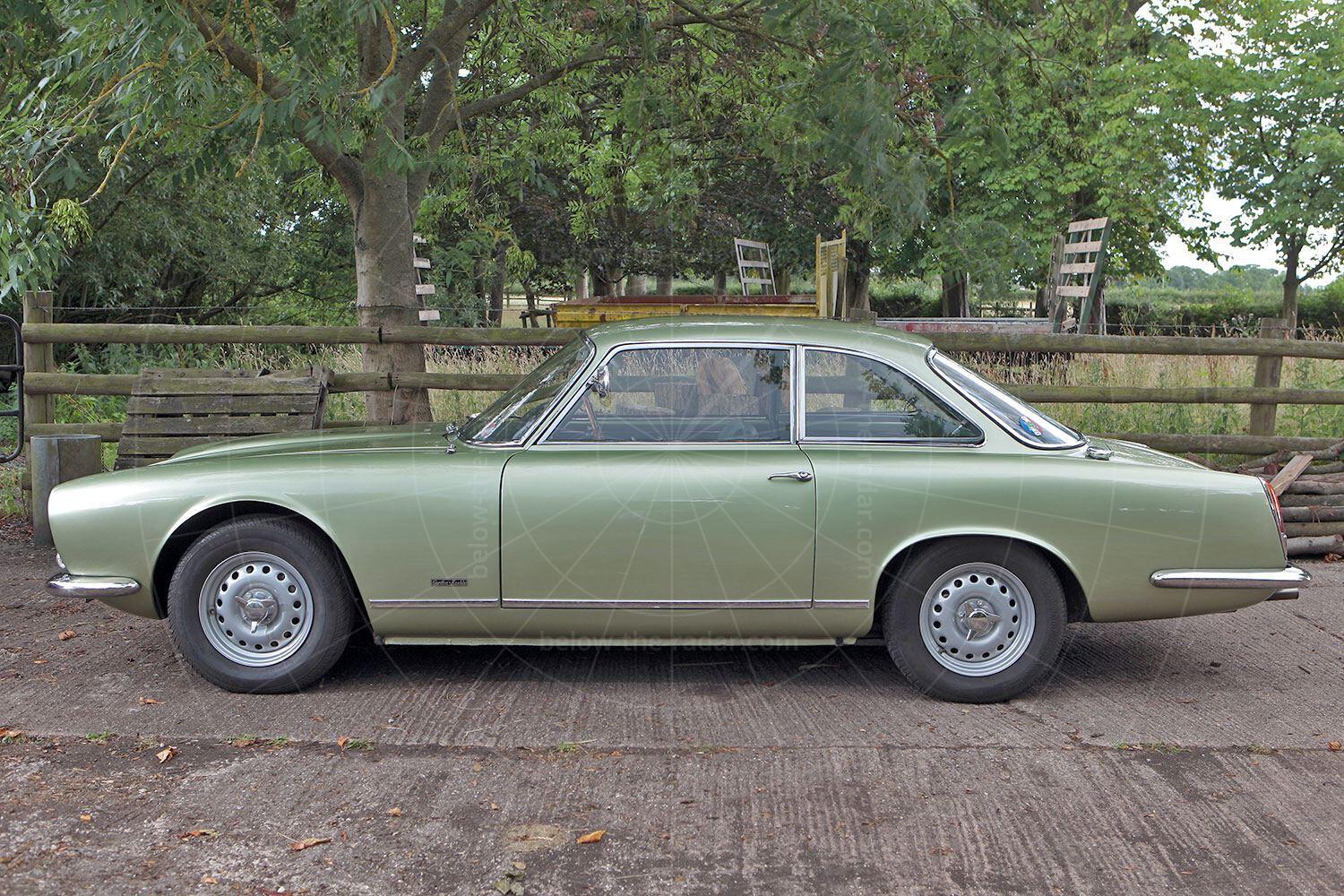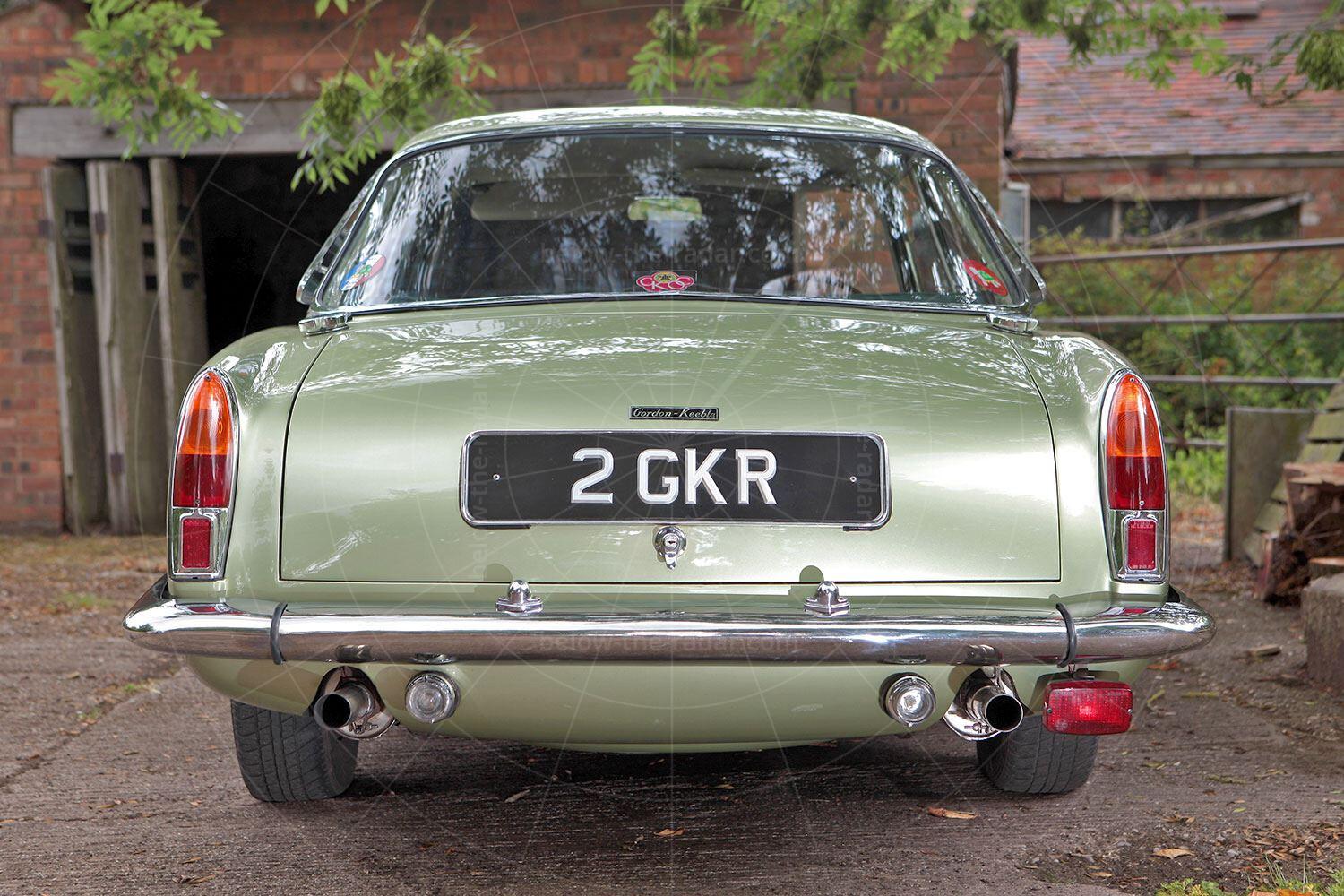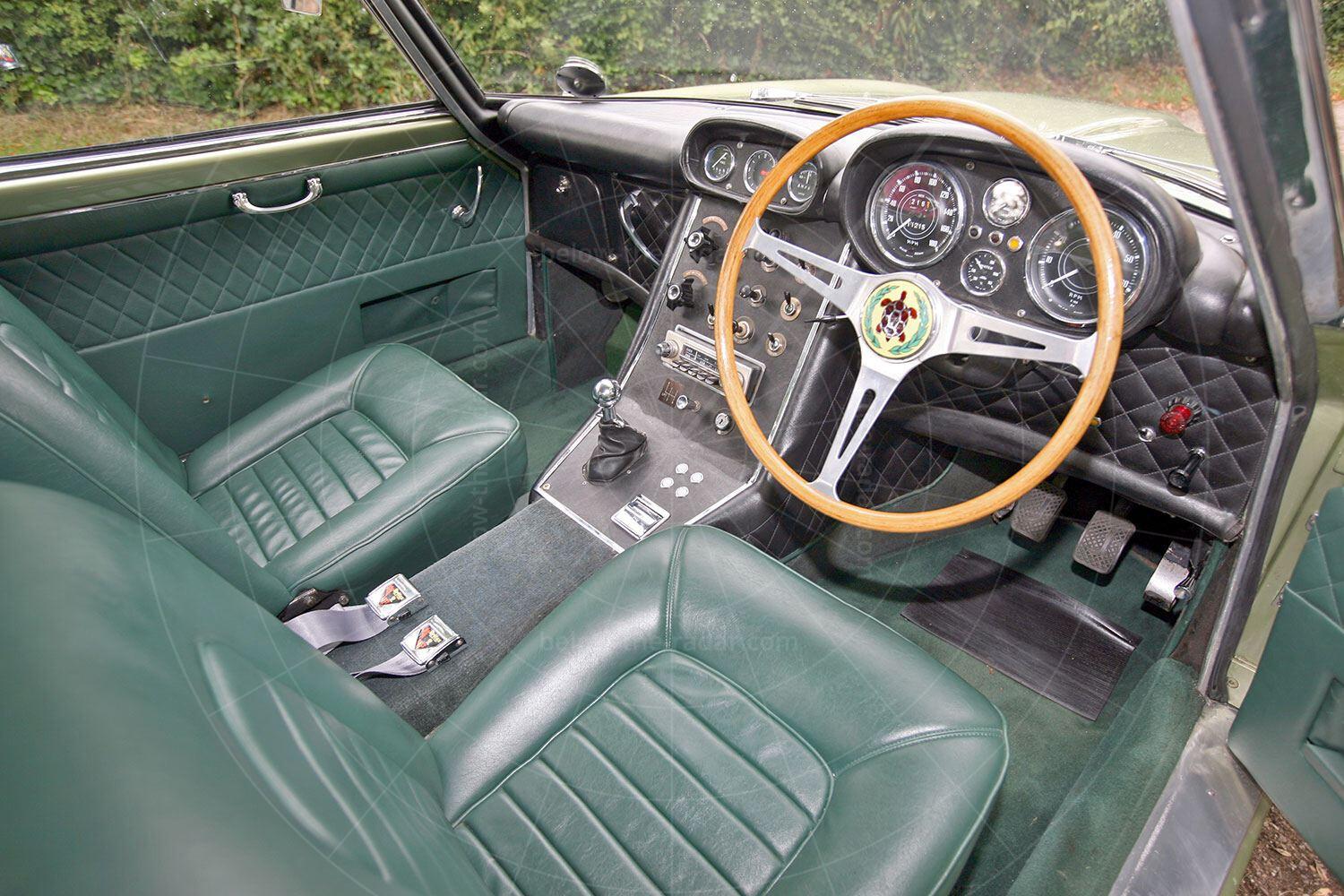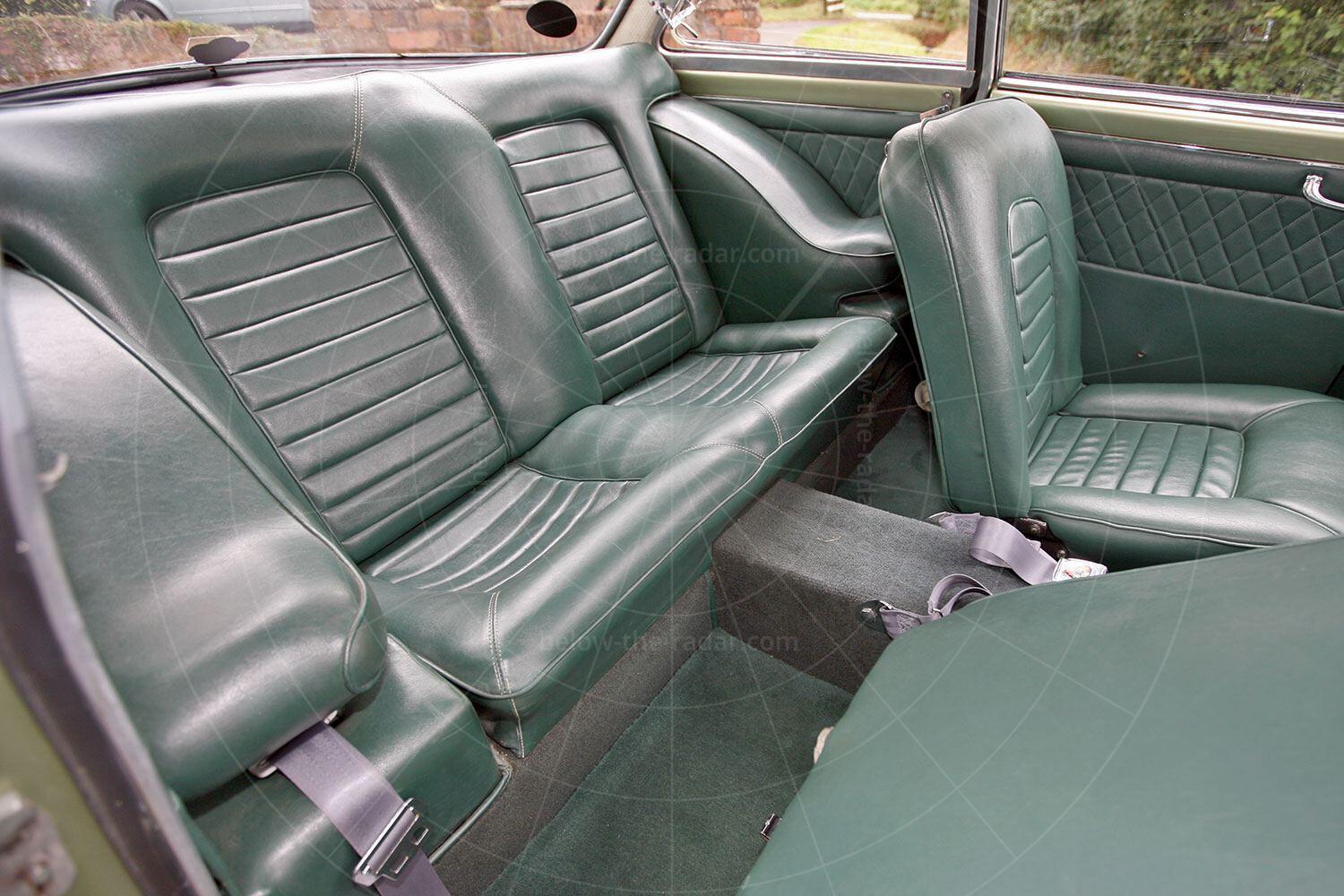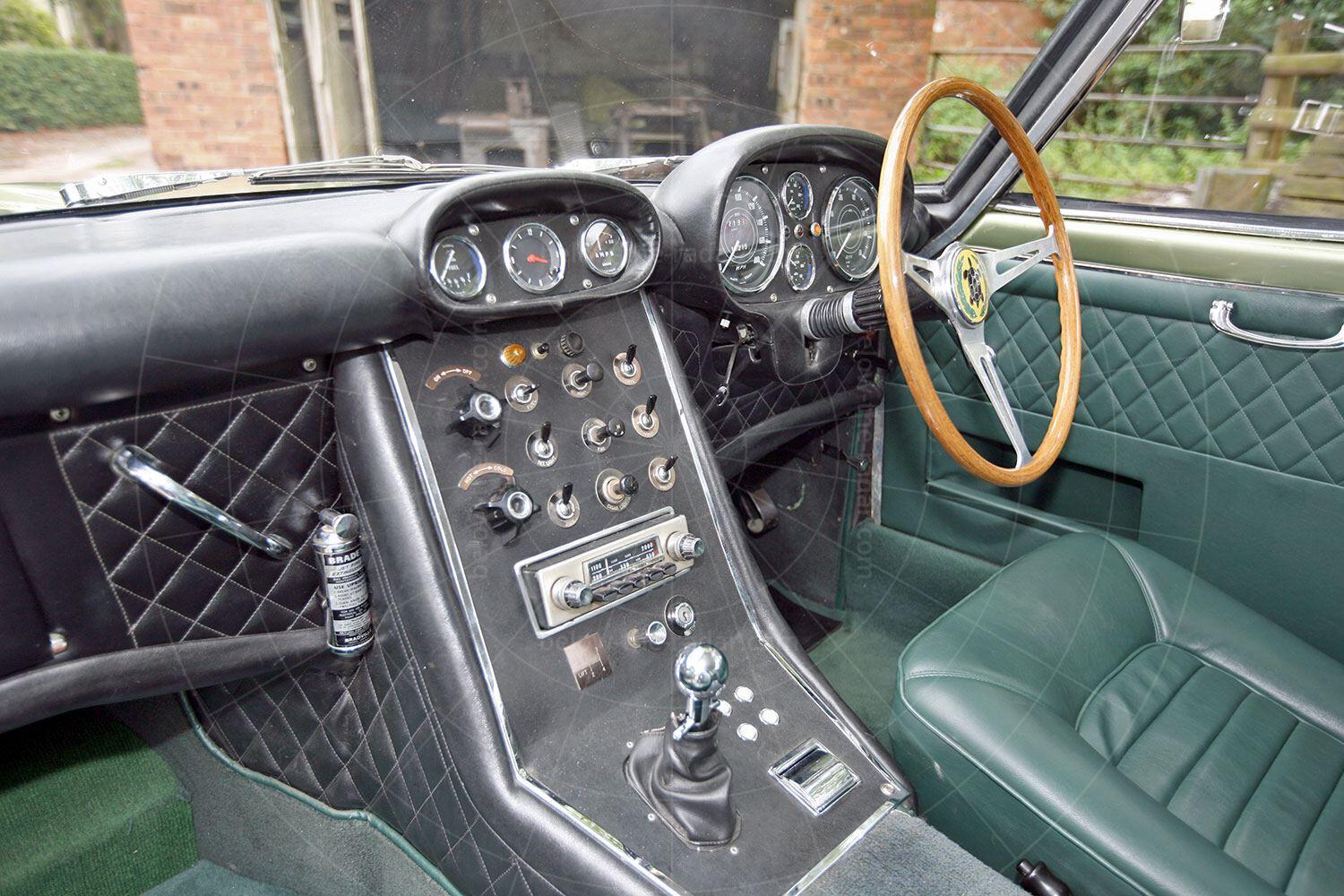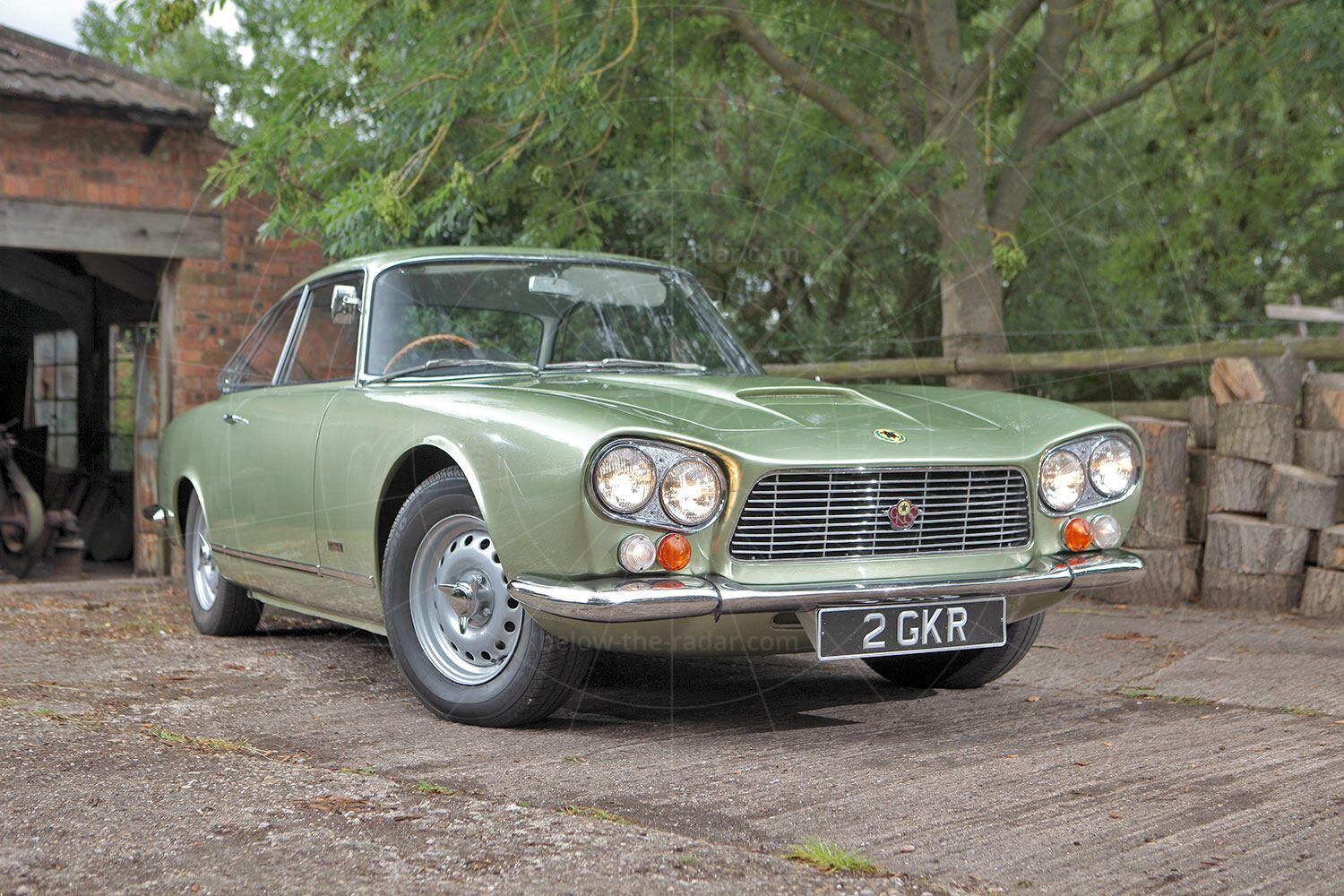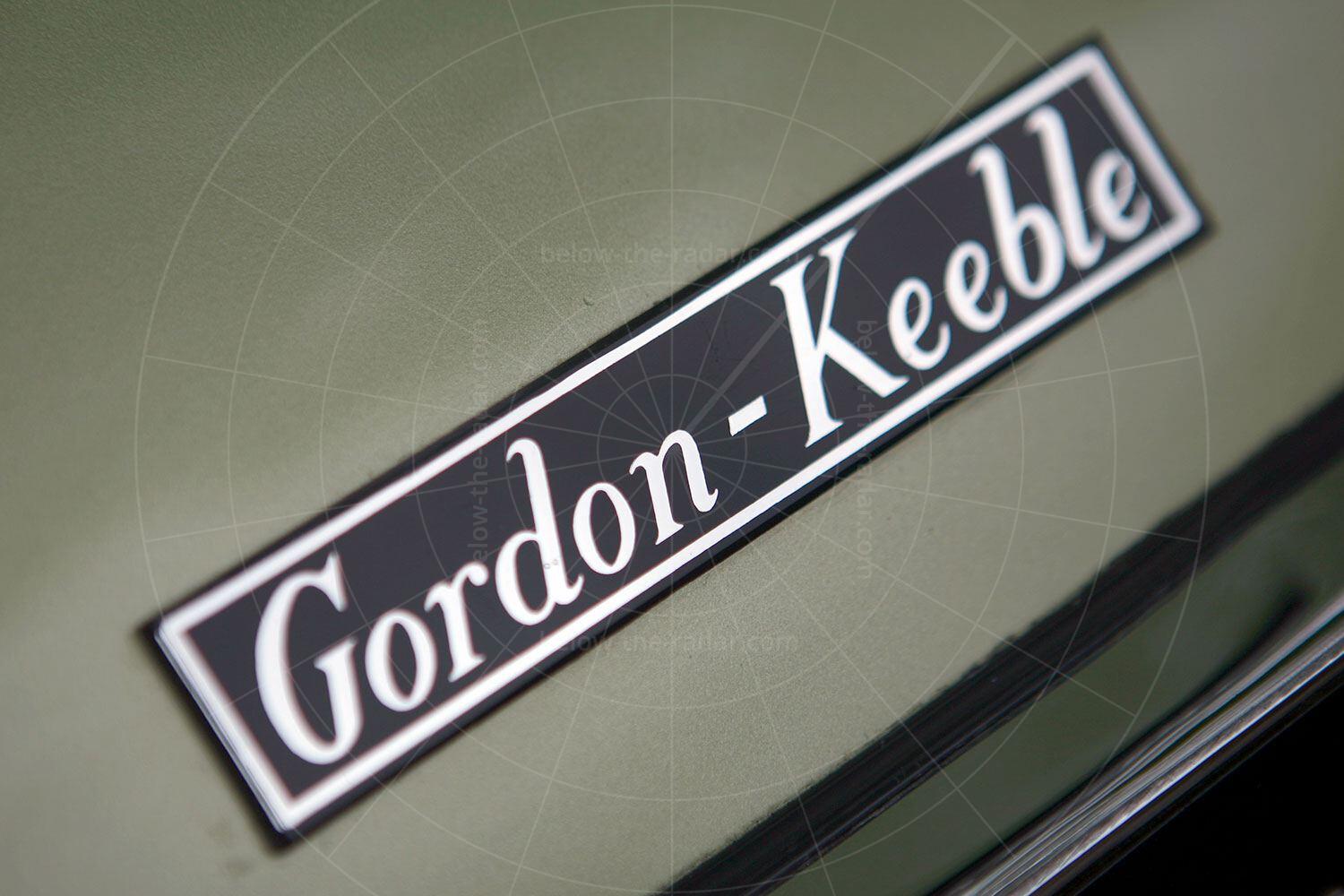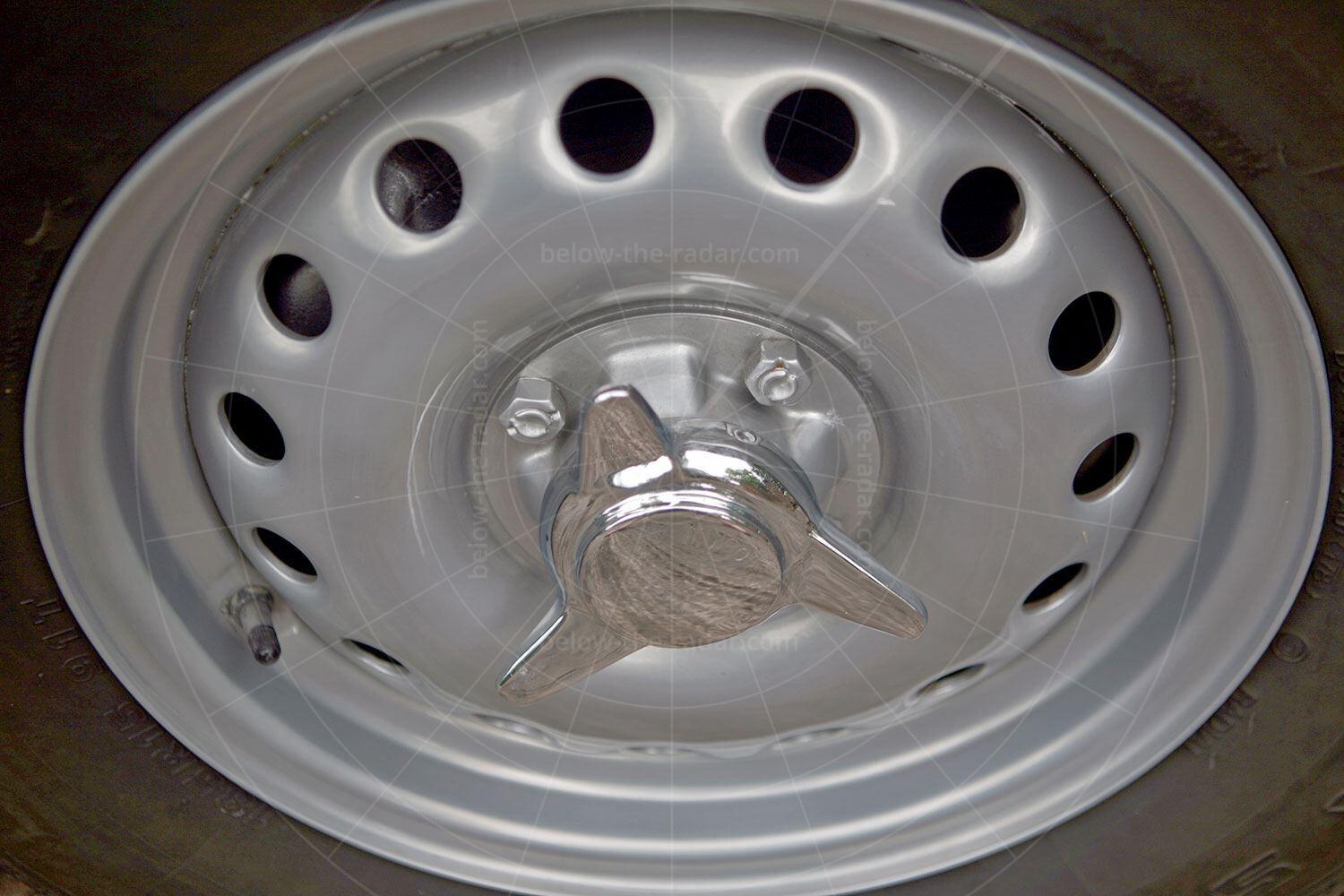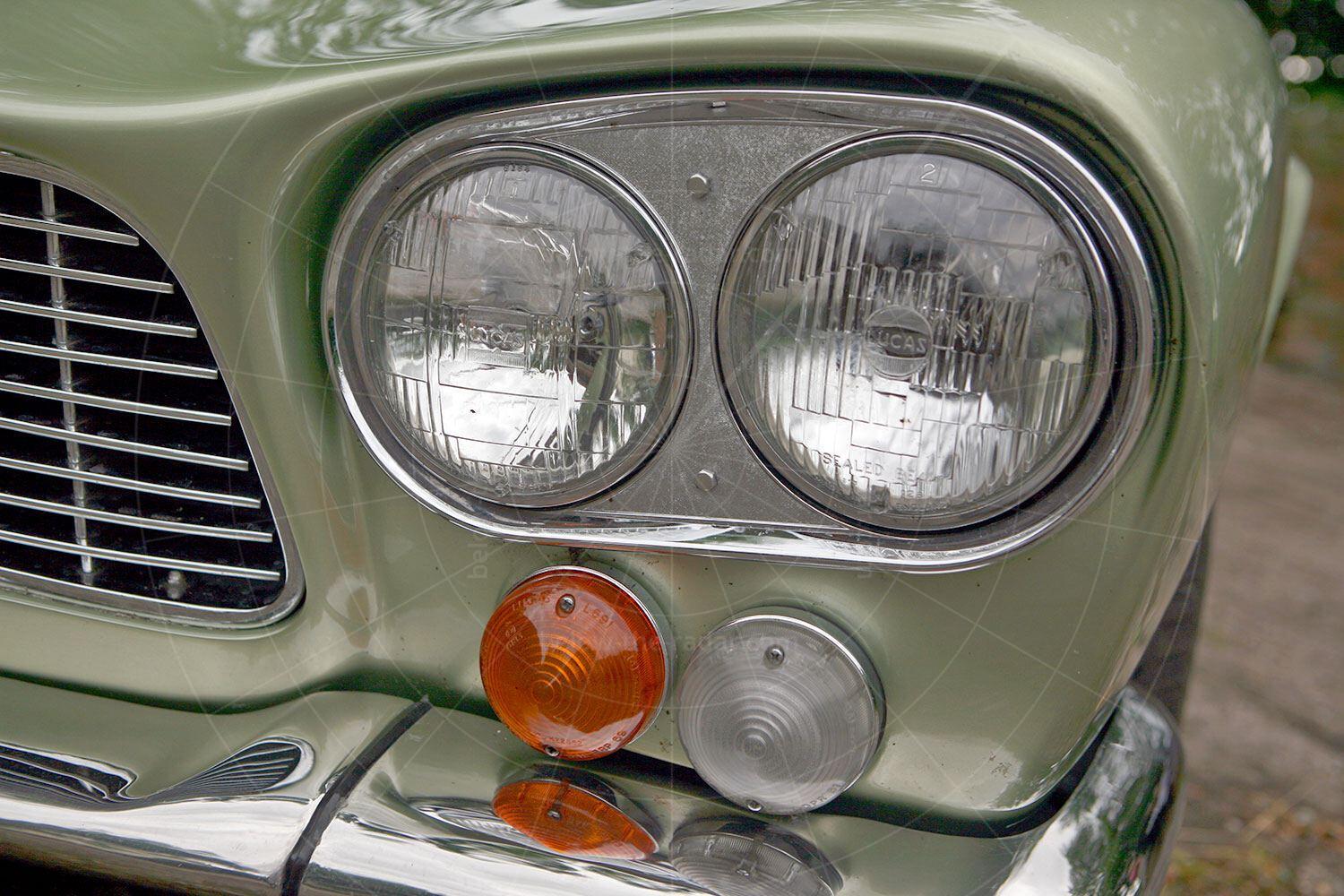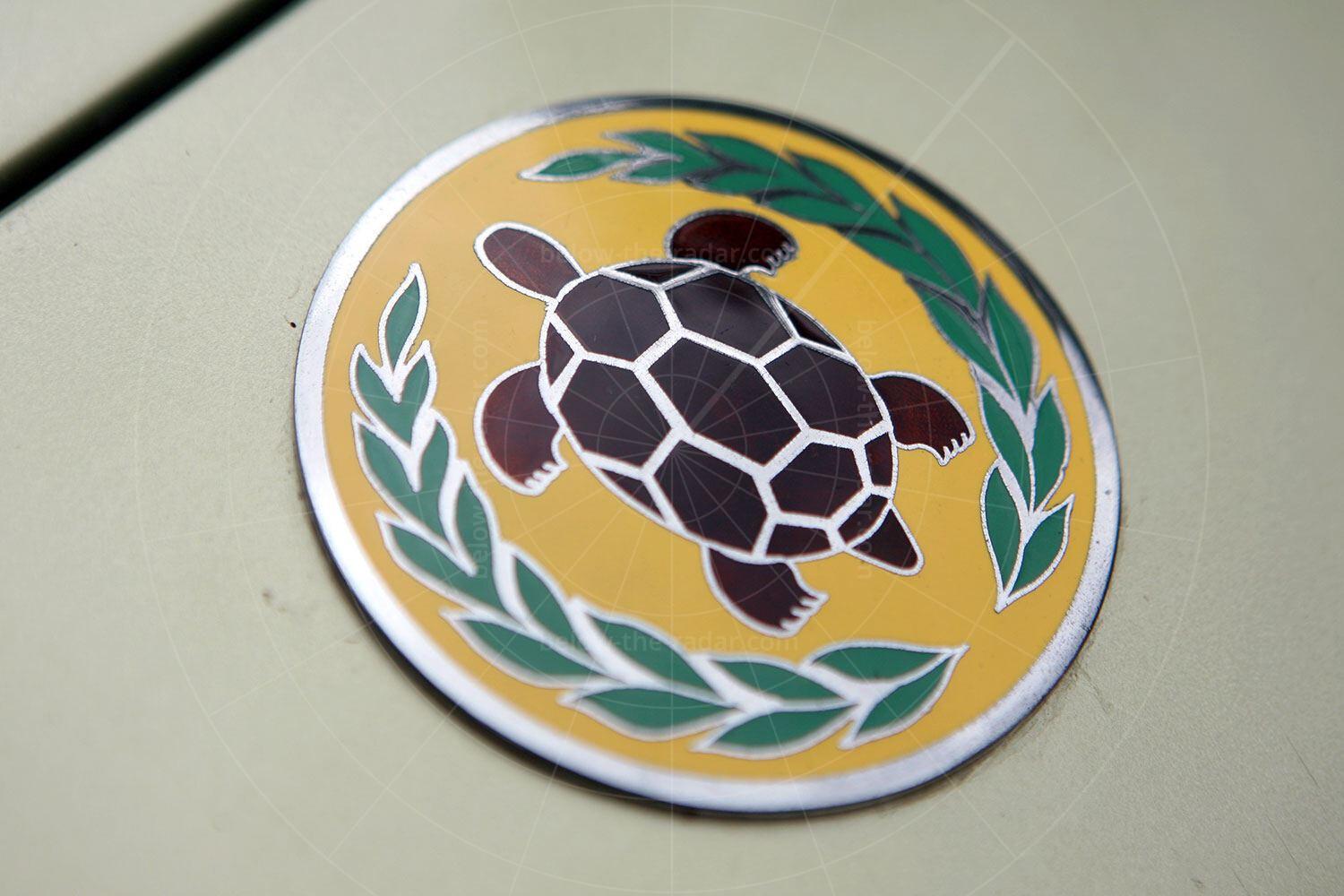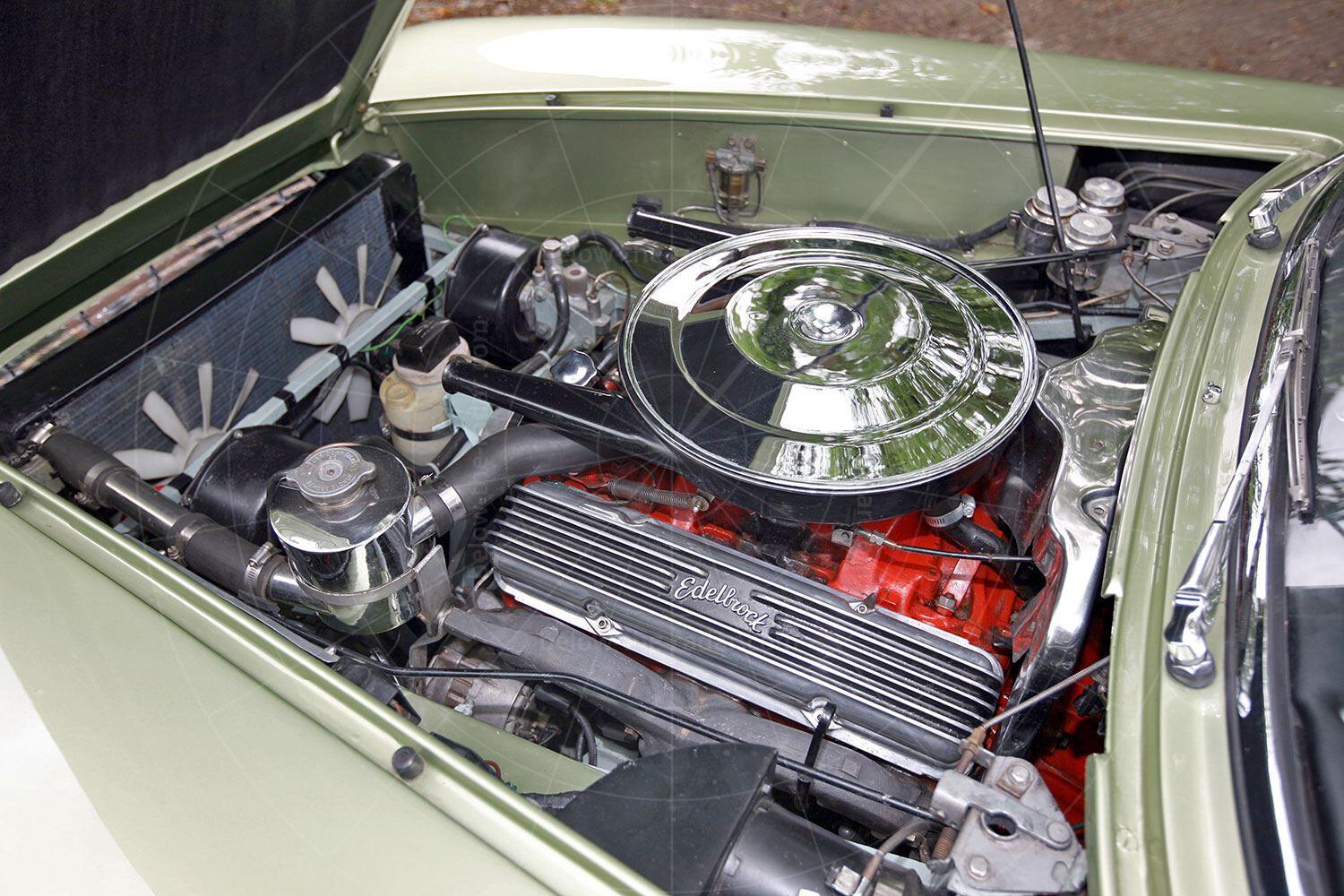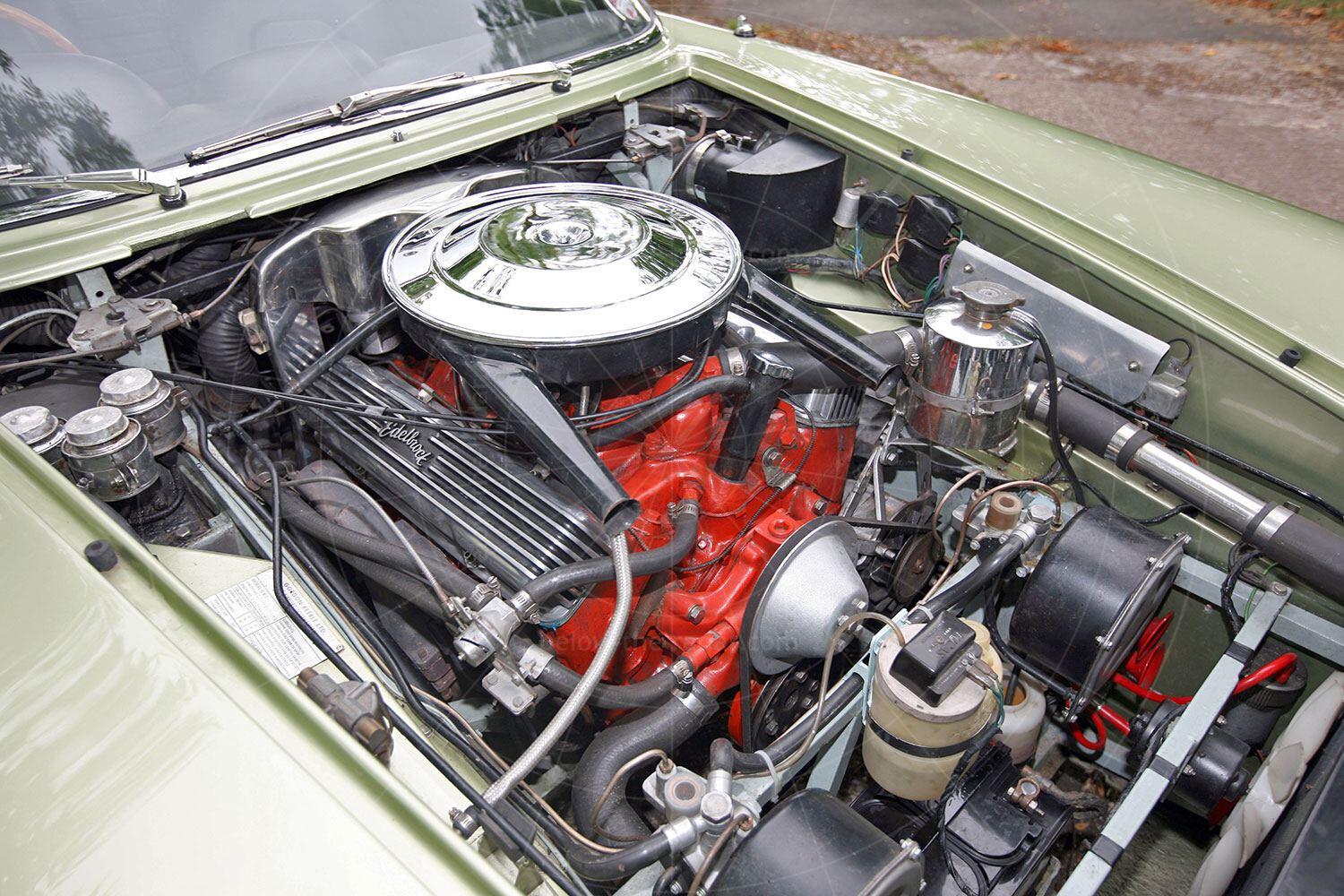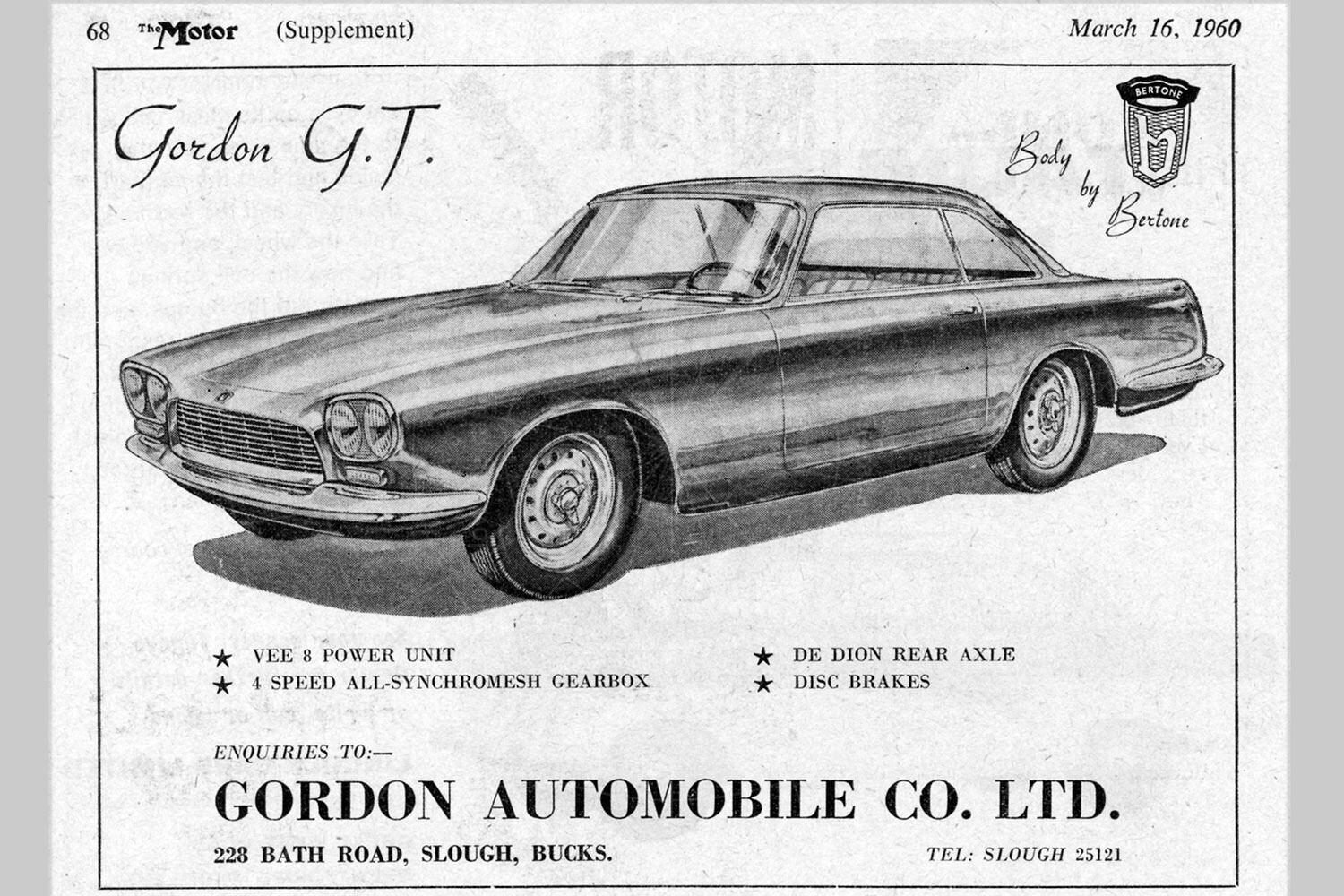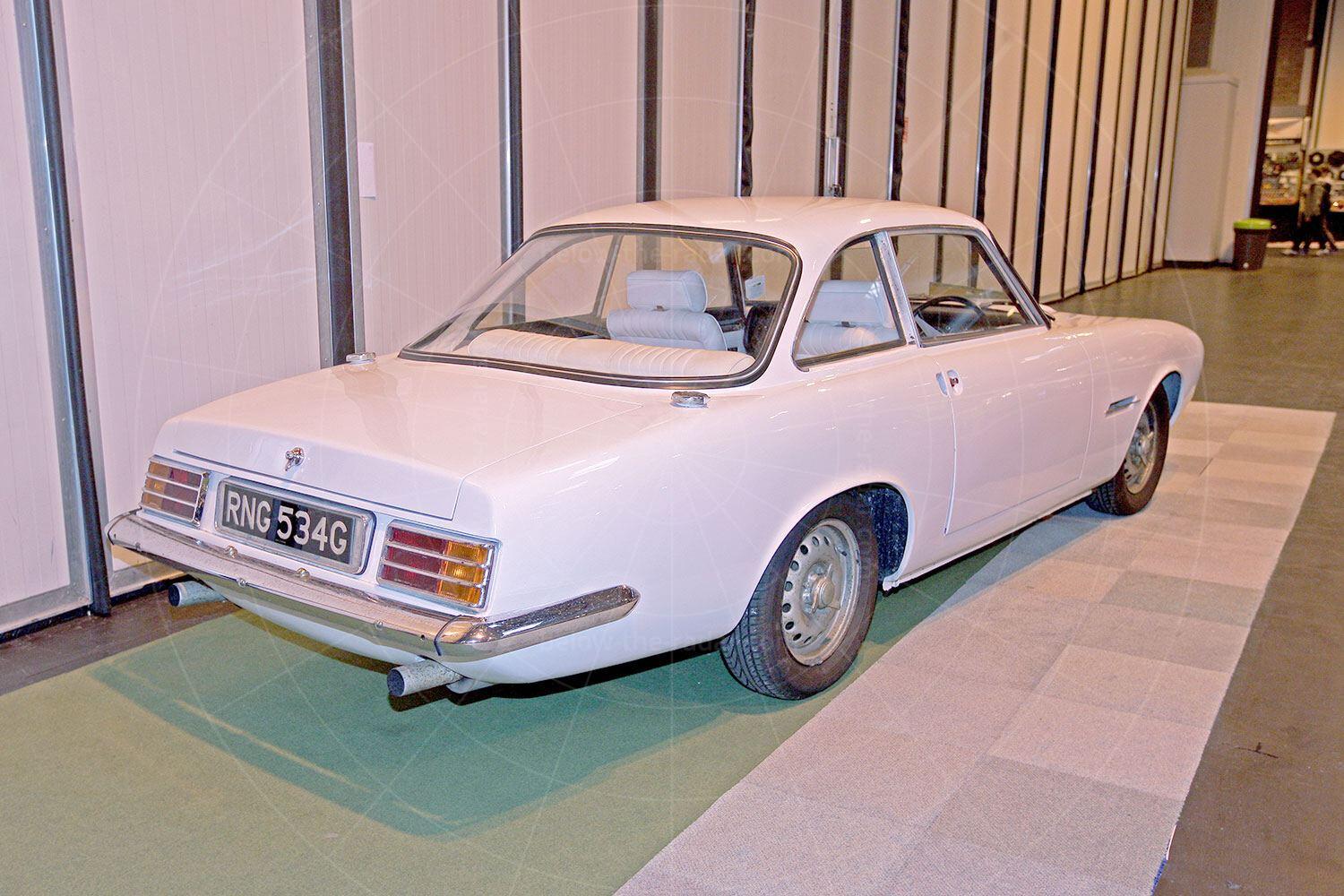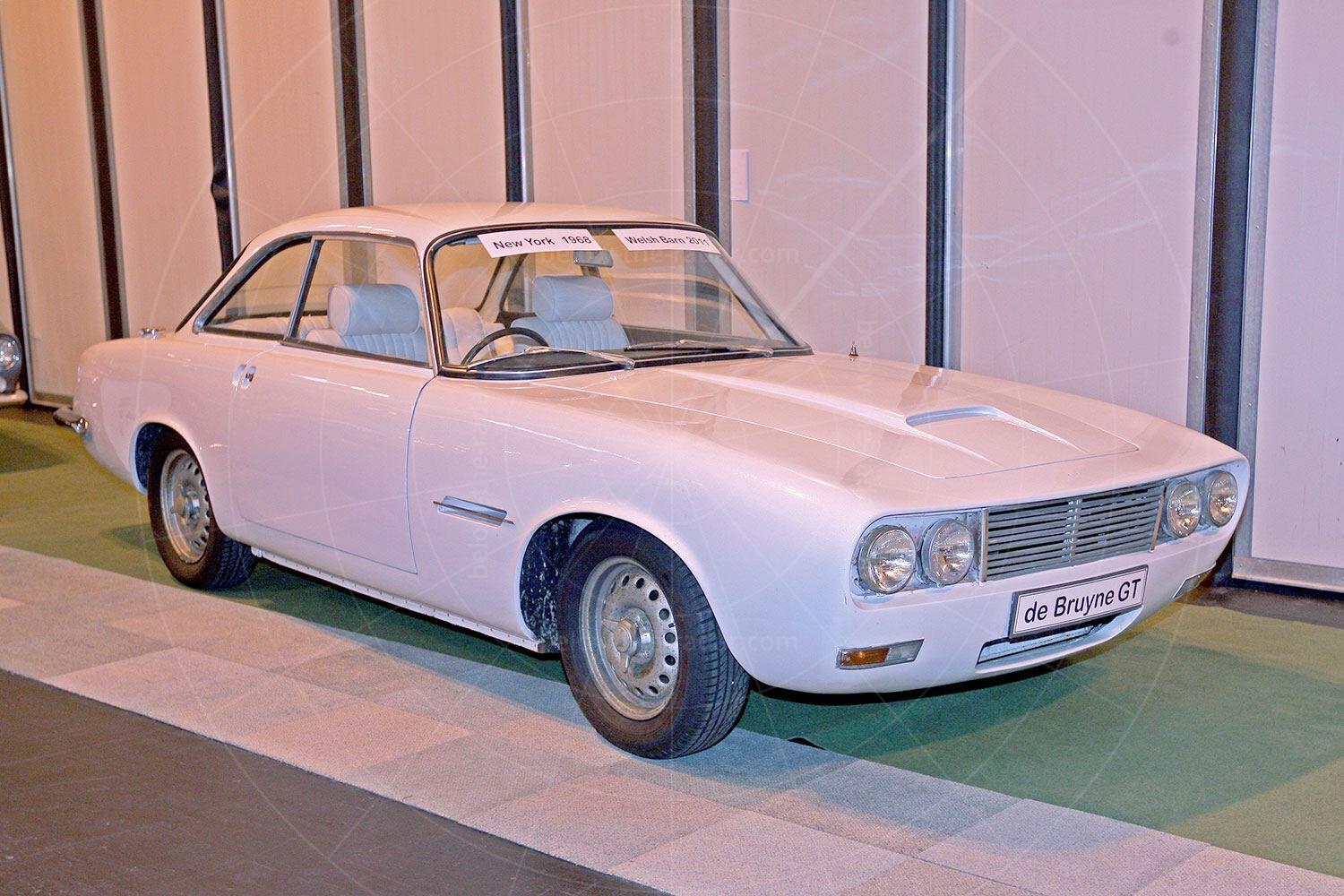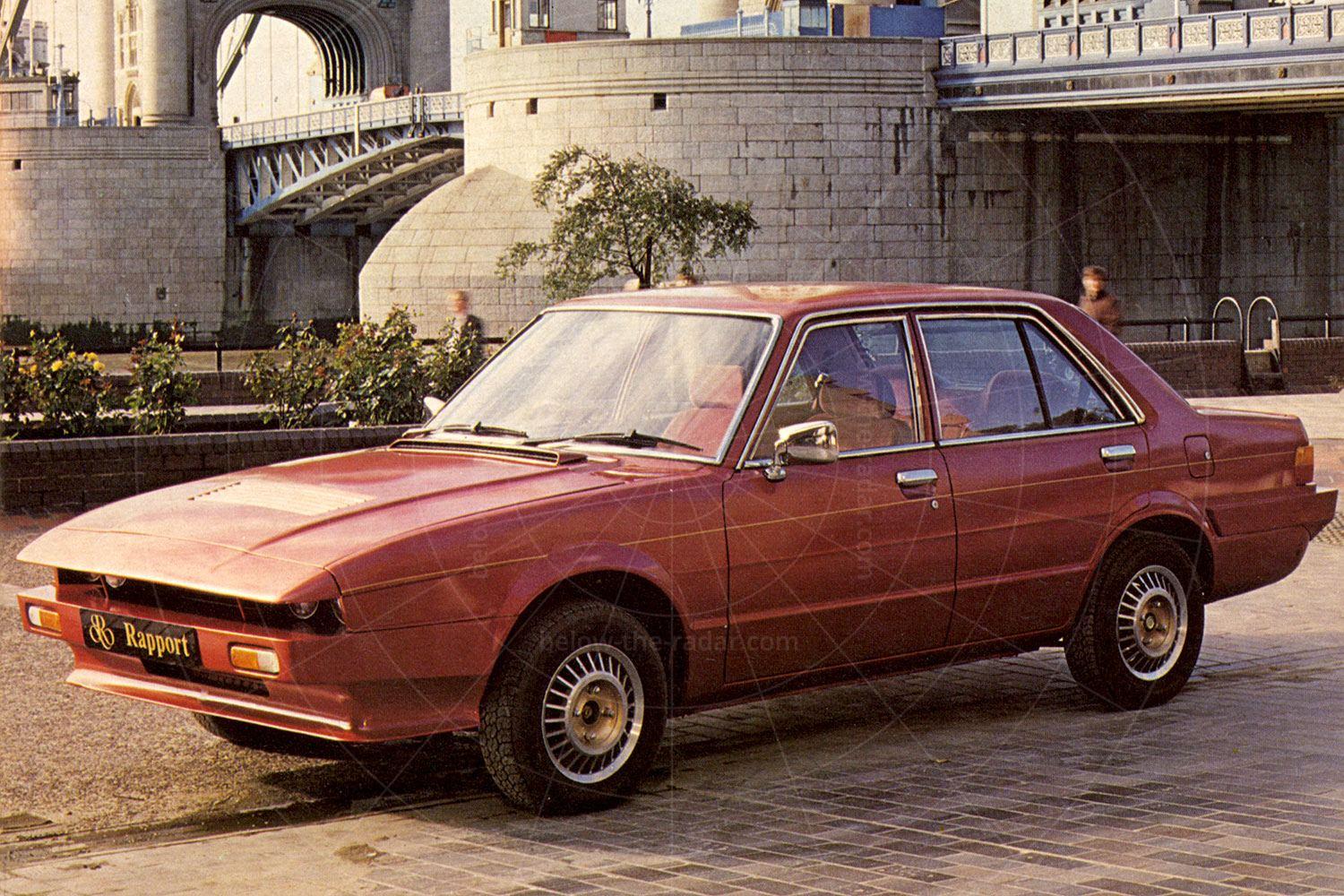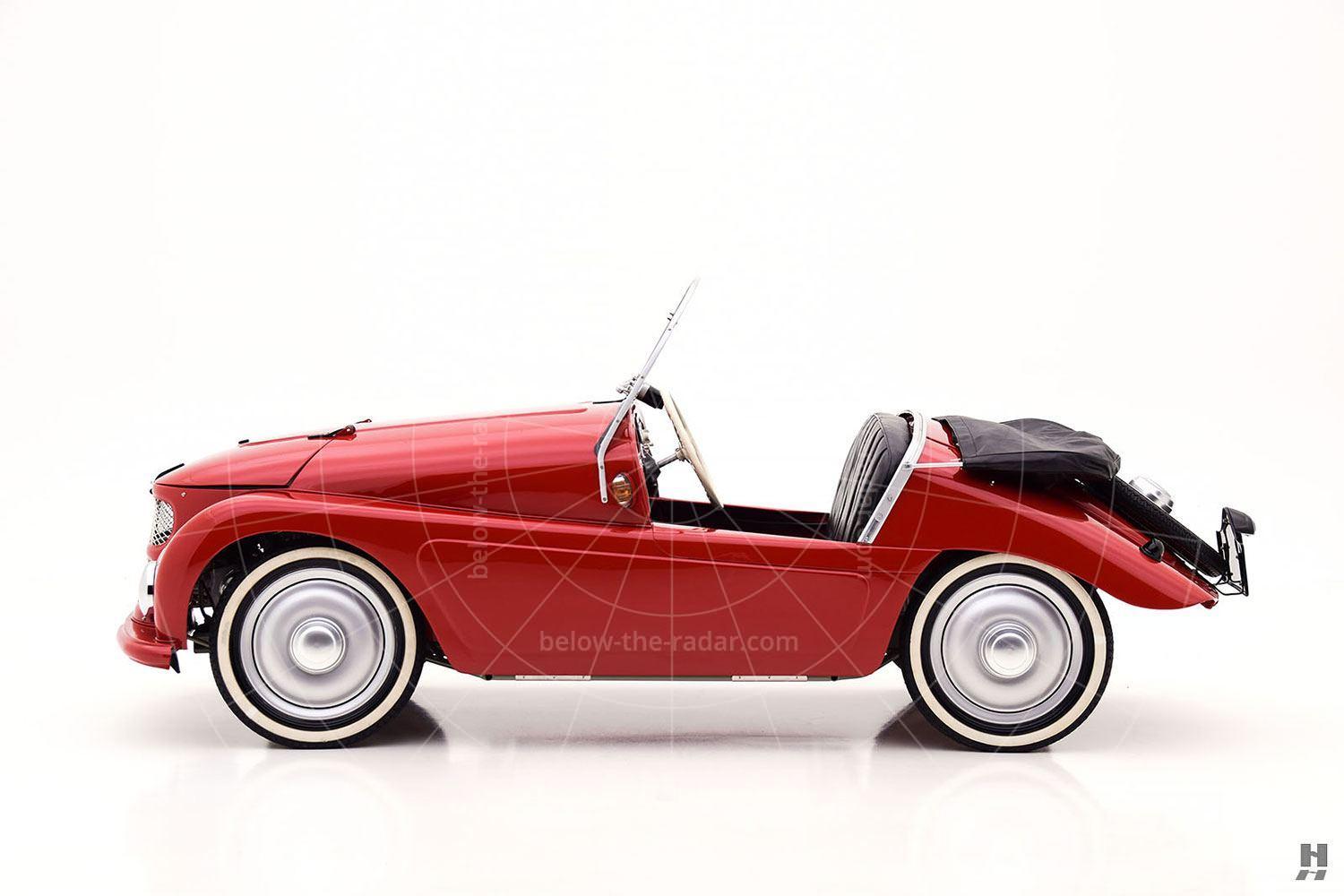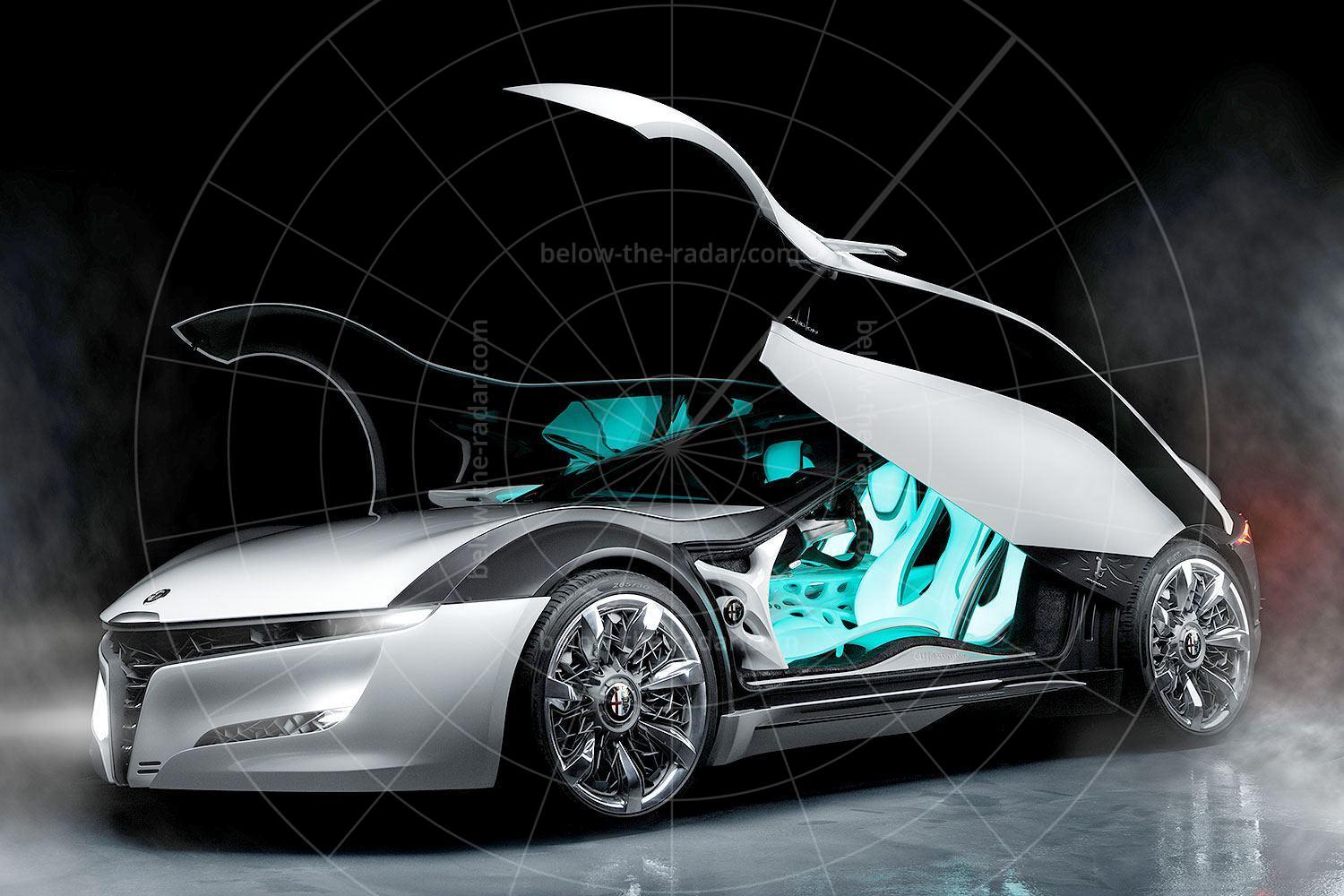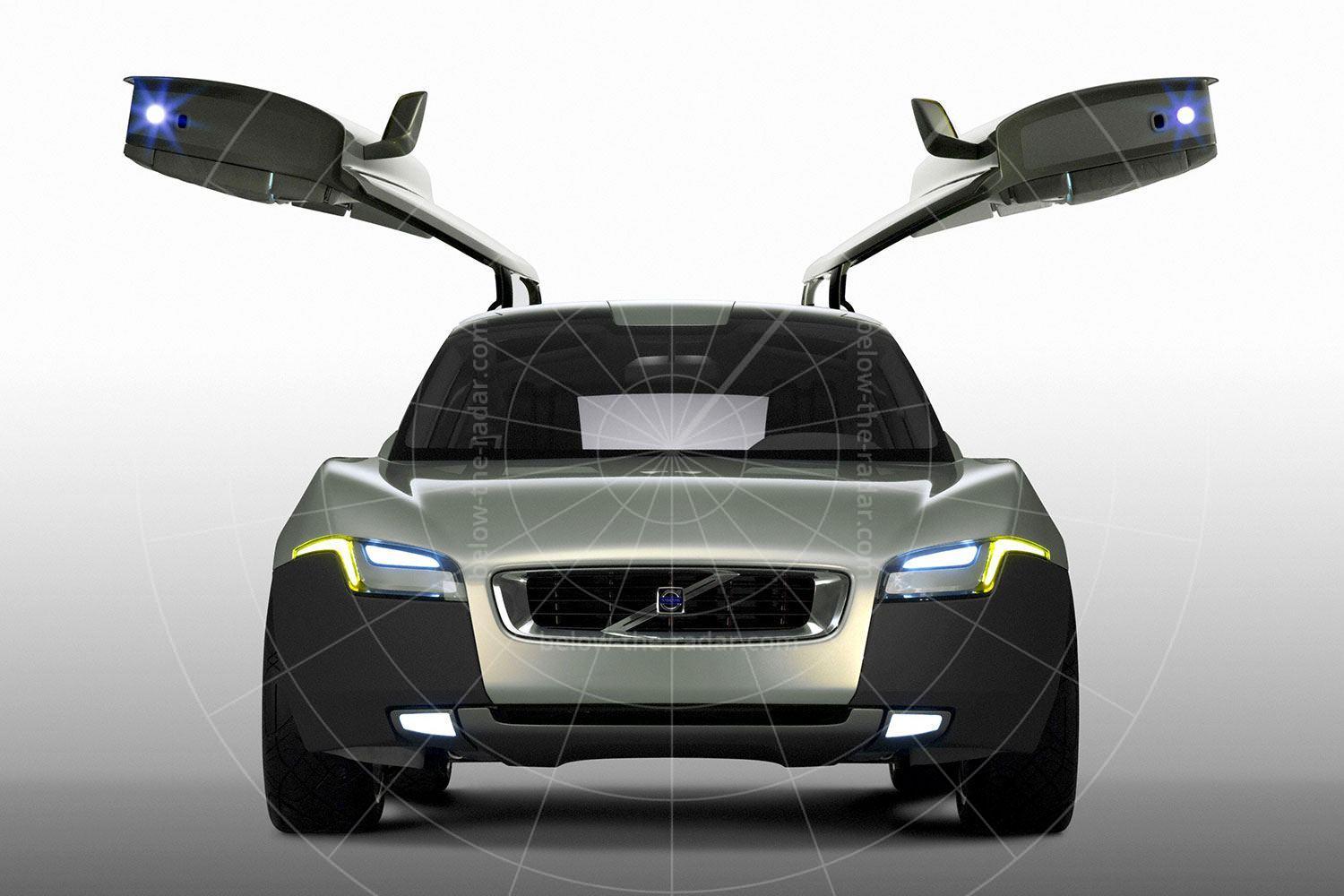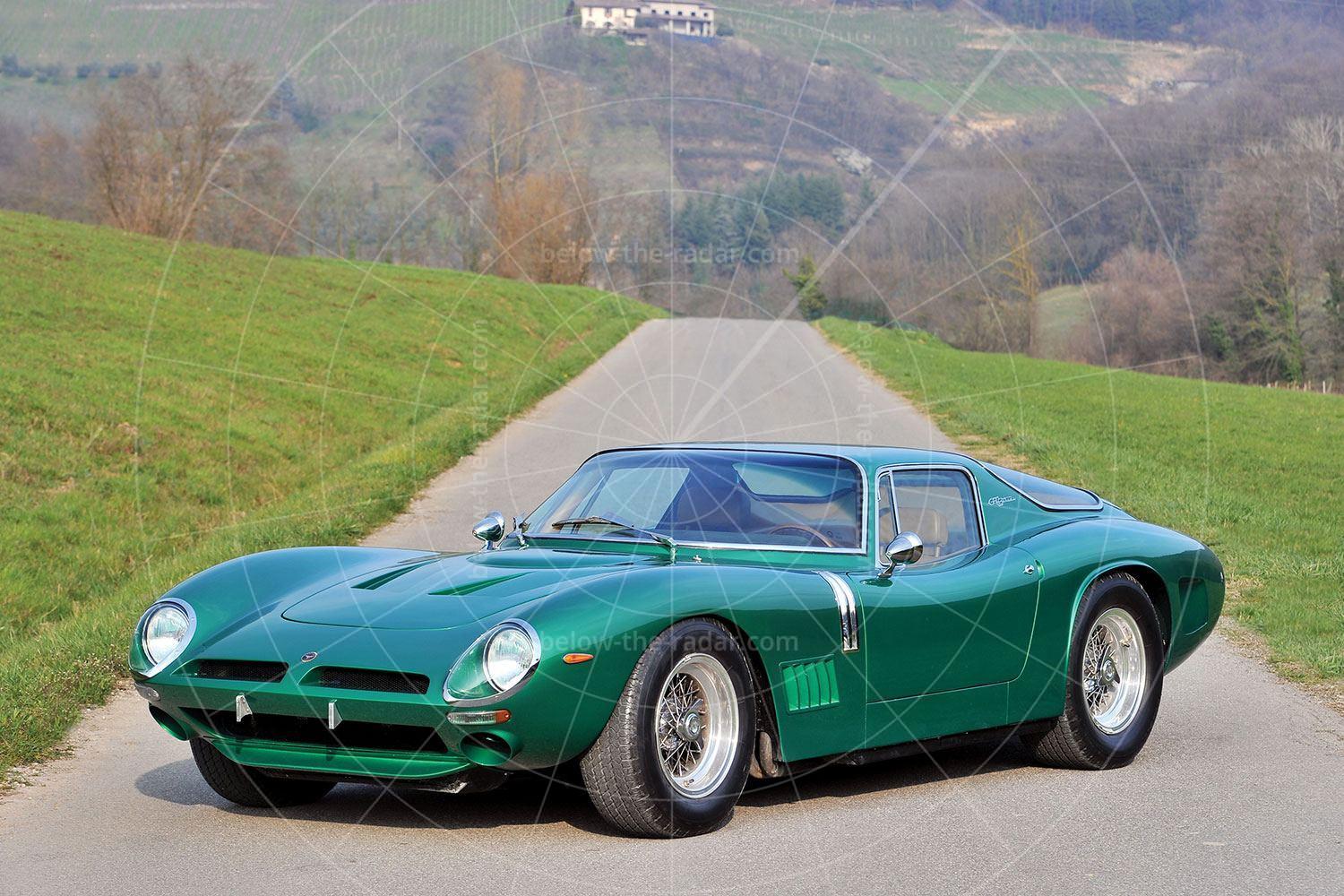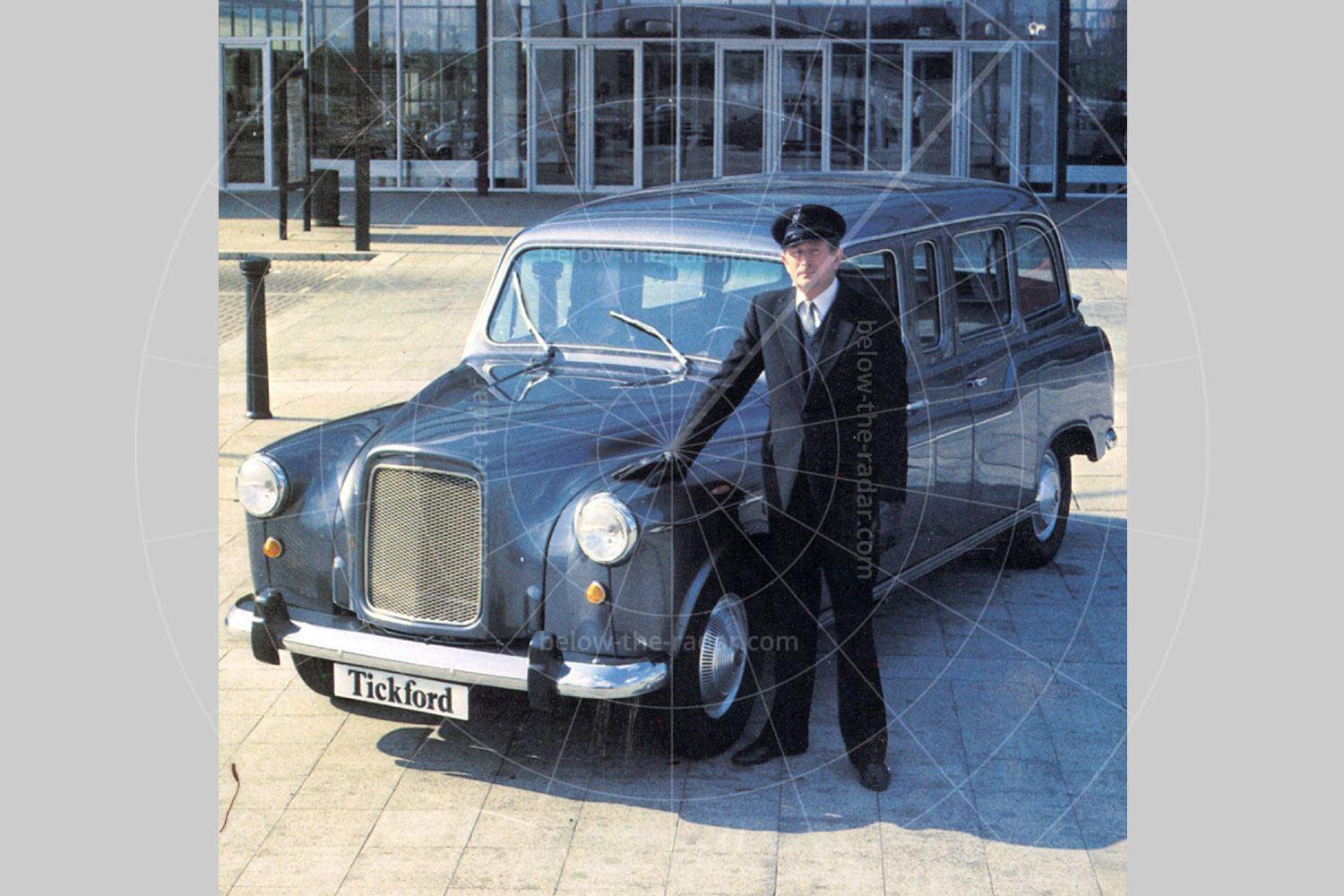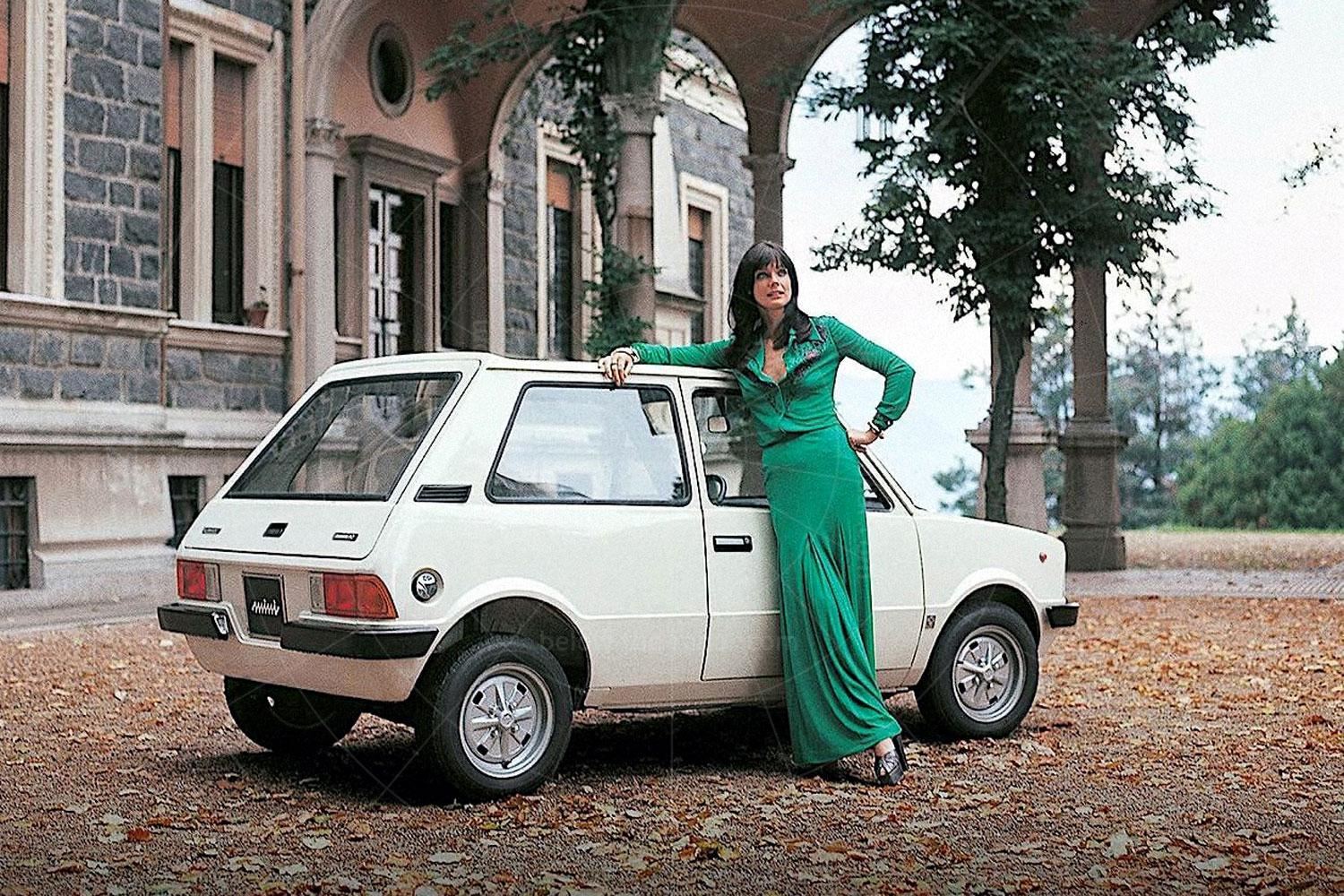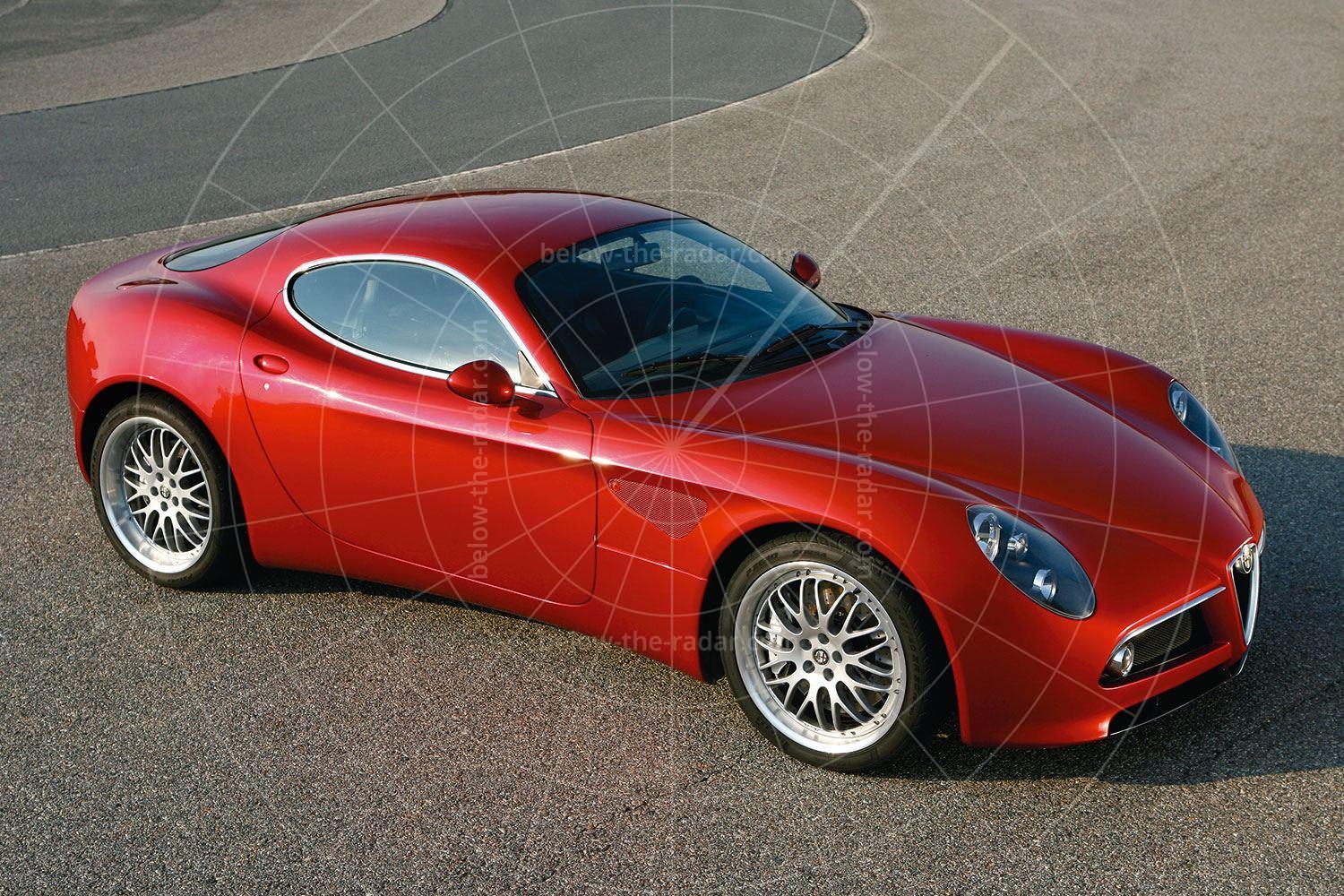If you've read the article on Below The Radar about the Peerless GT, you'll already know about John Gordon. Well here's what he did next, in conjunction with Jim Keeble; a British luxury GT with American power and Italian styling. In the pantheon of cars that really should have succeeded but didn't, this is right there at the top of the pile, because it really did have everything.
Between 1957 and 1958 John Gordon had a stake in Peerless Cars and he reckoned that the car would be a lot more fun if it had an American V8 under the bonnet, rather than a four-cylinder Triumph engine. While working with Peerless, Gordon went on a promotional trip to Detroit where he bought a couple of Corvette V8 engines, which were shipped back to the Peerless factory in Slough.
Next came the coincidence to end all coincidences. Suffolk-based Jim Keeble got in touch with Gordon to say that he had a customer who wanted to have a Corvette V8 shoehorned under the bonnet of his Peerless. Gordon worked with Keeble to build this one-off Peerless V8, but by the time it was finished Gordon had left Peerless to set up his next venture; a luxury V8-powered coupé.
Jim Keeble did such a great job of converting the Peerless to V8 power that Gordon knew he was the right man to team up with, to engineer his new GT. To that end Keeble came up with a spaceframe chassis with coil spring and wishbone front suspension, and a de Dion rear axle located by a transverse Watts linkage. There were disc brakes all round with dual master cylinders, one for the front and one for the rear, while the steering was by worm and roller.
The chassis was developed throughout 1959, with motive power supplied by a 4.7-litre Corvette V8 rated at 290bhp, which sent its power to the rear wheels via a four-speed all-synchro gearbox. By the time the chassis had been finished in February 1960, Gordon had found a stylist for the car: none other than Giorgetto Giugiaro, who at the tender age of 21 was already chief stylist at Bertone. With only the Alfa Romeo 2600 Sprint under his belt at this point, the new GT was Giugiaro's second car design (but the first to be seen publicly).
Bertone's brief was to come up with a genuine four-seater that featured four headlights, and Giugiaro rose to the challenge with a sleek grand tourer that was both elegant and understated. Bertone was tasked with creating the body and displaying the car on its stand at the 1960 Geneva Salon – which was taking place just four weeks after the chassis was despatched to Turin. Time was tight but Bertone hit the deadline, only for red tape at the Swiss/Italian border to get in the way. As a result the Gordon-Keeble didn't make the press day but it was there for the first public day, when it went down a storm, partly because it was the only all-new car to be shown at that year's motor show.
That summer Autocar tested the Gordon-Keeble (or the Gordon GT as it was known then), and the verdict was a distinct thumbs up. The magazine squeezed 142mph from the car along with 0-60mph in 7.7 seconds, which for 1960 was deeply impressive.
Buoyed by the GT's enthusiastic reception at Geneva, John Gordon had set up the Gordon Automobile Company in March 1960, before starting to look for financial backers. Armstrong-Siddeley was interested in taking on the whole project, while Renzo Rivolta was also keen to build the car under licence in Italy, but both avenues came to nothing; it was no coincidence that Rivolta introduced his own GT soon after, in the form of the Iso Rivolta.
In the end it was London-based financier George Wansborough who bankrolled the project, which allowed Gordon to go to Detroit once again for further discussions with GM. Having shipped the GT out to the US, GM's Ed Cole was so impressed with the car that he offered Gordon 1000 V8s per year there and then, and there was even talk of the coupé being sold through GM dealers, although nothing ever came of that.
Meanwhile, Gordon didn't have anywhere to build his new GT, so a factory had to be found. Government incentives were available to set up shop near Newcastle, but when that fell through it was an empty building at Eastleigh airport near Southampton that would become home for Gordon's fledgling company. And then things started to go wrong, because Gordon and Wansford fell out and the former walked away, leaving Wansford in charge of the company.
It wasn't until 1963 that Wansford asked Jim Keeble to join his company with a view to getting the GT into production, and despite Gordon's lack of involvement with the project by this stage, the car would still be called the Gordon-Keeble. Williams and Pritchard was entrusted to build a new alloy-bodied prototype from which moulds could be taken for the glassfibre bodyshell, and by March 1964 everything was ready for the production-ready car to be revealed to the press at London's Savoy hotel.
Compared with the original GT seen four years previously, there were very few changes. The 4.7-litre V8 was swapped for a 5355cc unit, which put out a very healthy 300bhp along with 360lb ft of torque. The badge was also changed; out went the stag's head logo and in came a tortoise, supposedly chosen because one happened to wander in front of the car when it was being photographed for publicity shots (although nobody is really sure if this is true or not).
As soon as the Gordon-Keeble went on sale the orders started to roll in, the car quickly becoming a favourite with the wealthy. Compared with its rivals the Gordon-Keeble was an absolute steal; in return for just £2902 (later increased to £3627), buyers got a luxuriously finished grand tourer with electric windows, Britax seatbelts and a Radiomobile push-button radio. But the car was priced too low as Wansborough hadn't built in enough of a profit margin. Each car was really just financing the next one and with such a low price there were some who assumed that the Gordon-Keeble simply couldn't be as good as it seemed, because it was too cheap.
However, by autumn 1964 up to four cars per week were rolling out of the factory and the future was looking very rosy – so it's a shame that it wasn't. The problem was that Gordon-Keeble was buying in most of its parts so it was at the mercy of suppliers who were prone to going out of stock or on strike. Every time this happened production was held up and the final straw came in April 1965 when Adwest went on strike and Gordon-Keeble had no steering parts to fit. The result was Gordon-Keeble calling in the receiver before it was then snapped up by north London-based garage owners Harold Smith and Geoffrey West.
The new owners renamed the company Gordon Cars Ltd and they opened their production facility in Sholing, near Southampton, in an old lightbulb factory. The venture's chances of success were boosted by Jim Keeble being welcomed back into the company, which was now selling the Gordon-Keeble IT (for International Touring) priced at £3850. But just a year later, after another 20 cars had been sold, the Gordon-Keeble hit the buffers as West and Smith couldn't get any backing, while they also struggled to find buyers for their car.
Just when it was looking as though the Gordon-Keeble was history, the project was bought by Newmarket-based car dealer John de Bruyne, who reckoned he could sell two cars each week, exclusively through his Ford dealership. He unveiled a revised Gordon-Keeble at the 1968 New York Auto Show, with a more anonymous nose design while the rear end now sported Ford Executive lights; the new car looked rather less elegant than the old, but arguably more modern.
When the de Bruyne GT (as it was called) failed to take off, and with just the one car built (based on a burned-out GT), time was called on the Gordon-Keeble with 99 cars built by the factory up to the end of 1967. However, in 1970 a 100th car was made from parts and of all of the Gordon-Keebles made, at least 94 of them have survived, although some of them are in project form.
| Vital statistics | |
|---|---|
| Produced | 1964-1967, England |
| Number built | 100 |
| Engine | Front-mounted, 5355cc, V8 |
| Transmission | 4-speed manual, rear-wheel drive |
| Power | 300bhp at 5200rpm |
| Torque | 360lb ft at 3200rpm |
| Top speed | 139mph |
| 0-60mph | 6.2 seconds |
| Price | £2902 (later £3627) |

